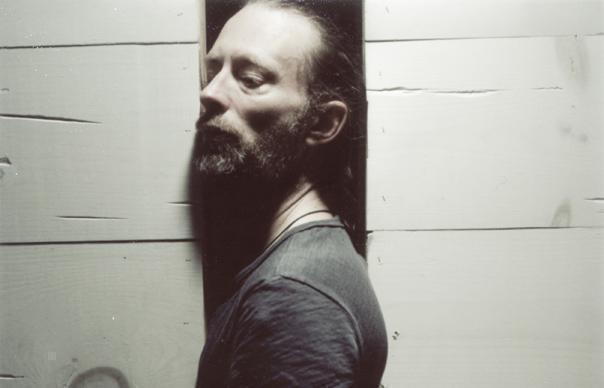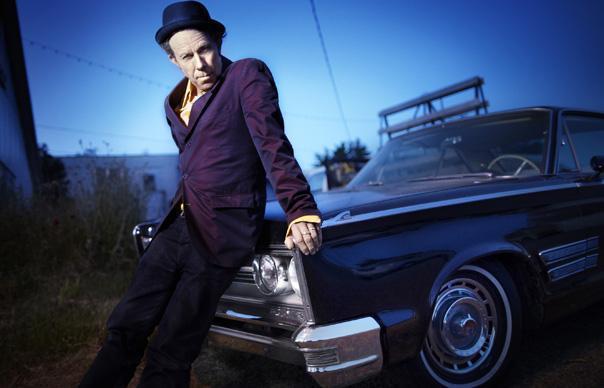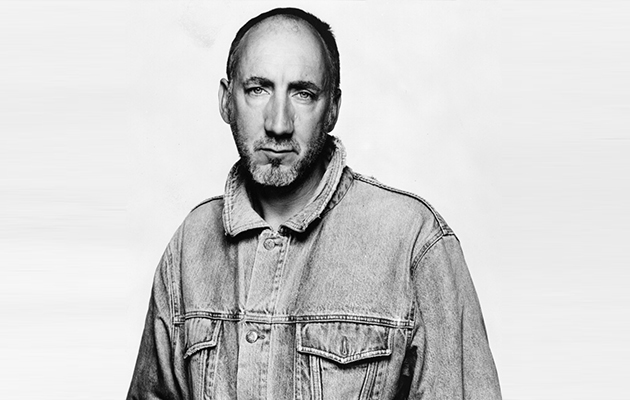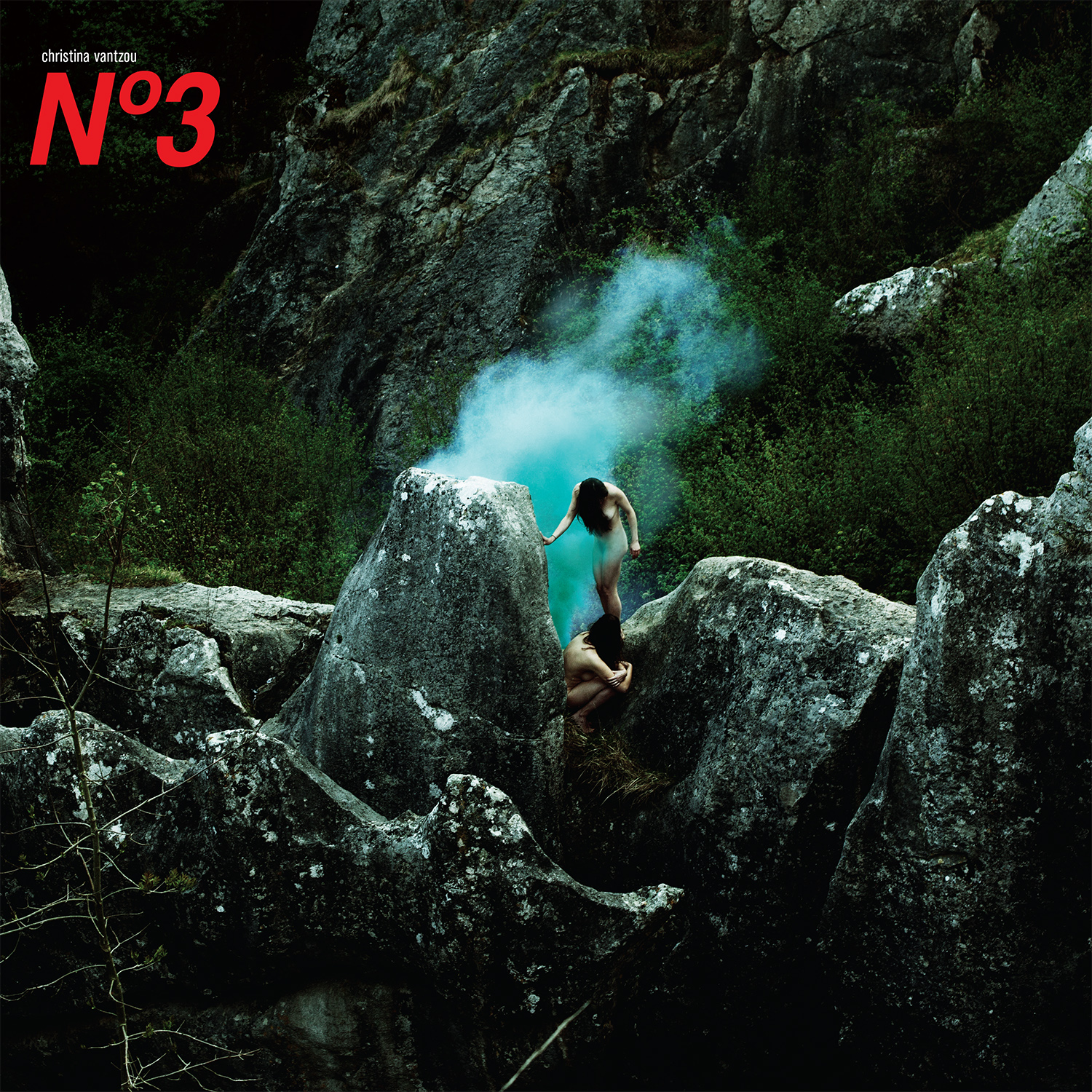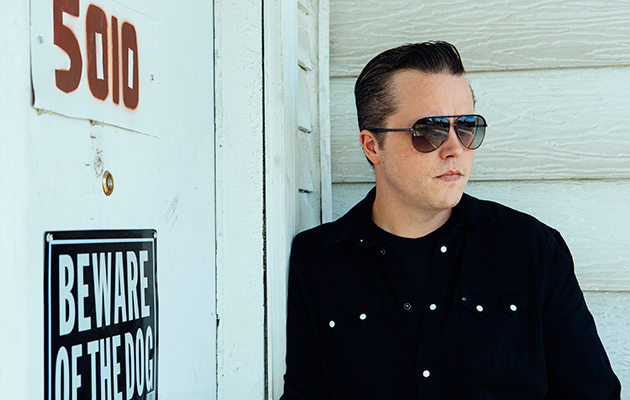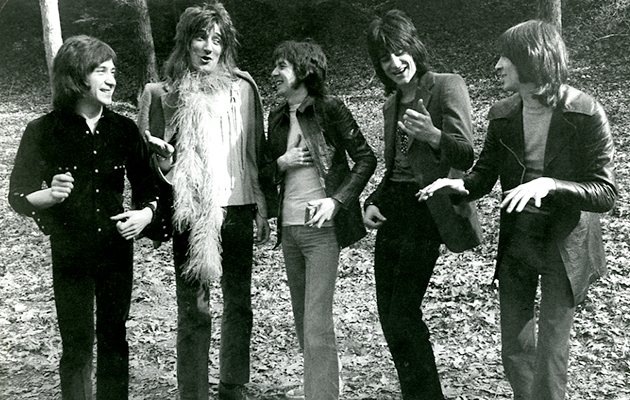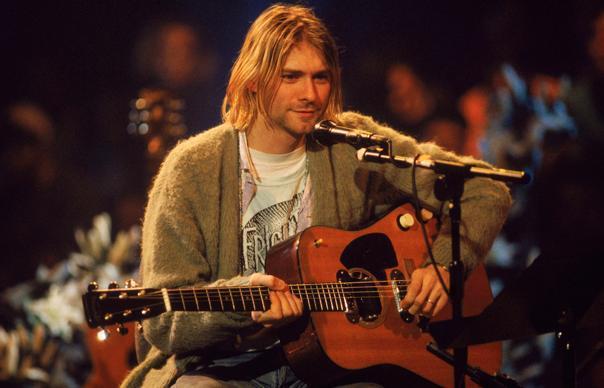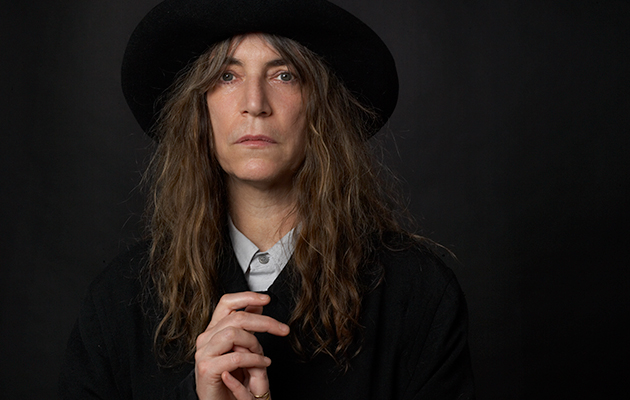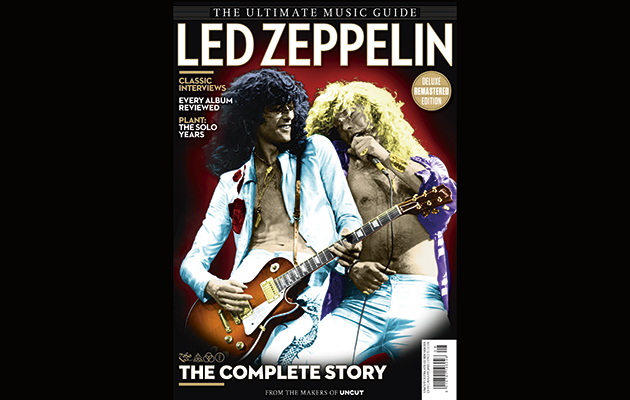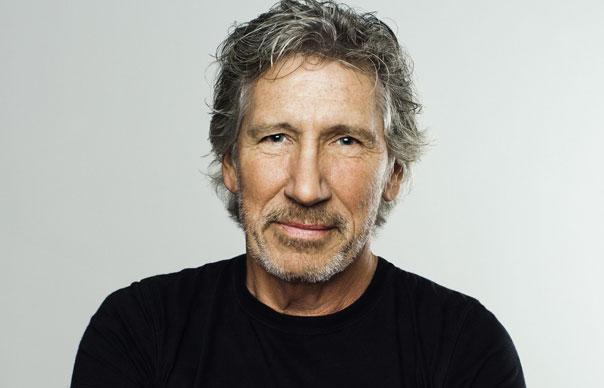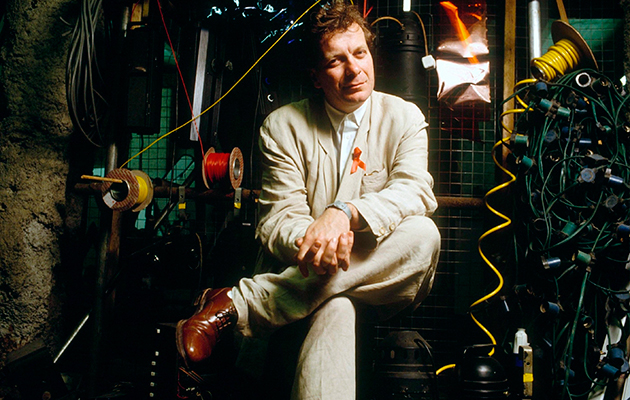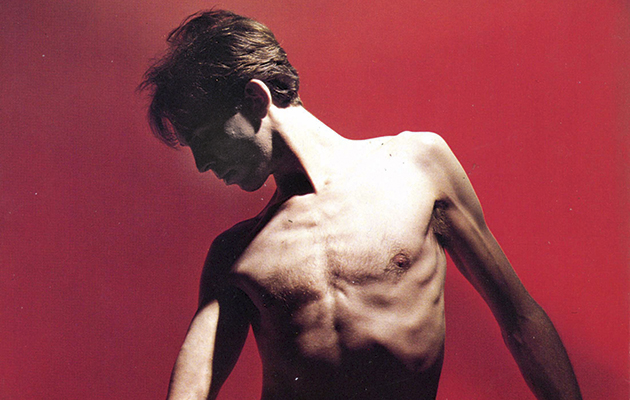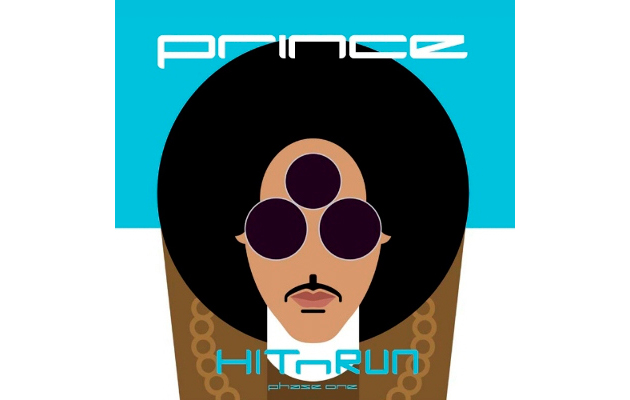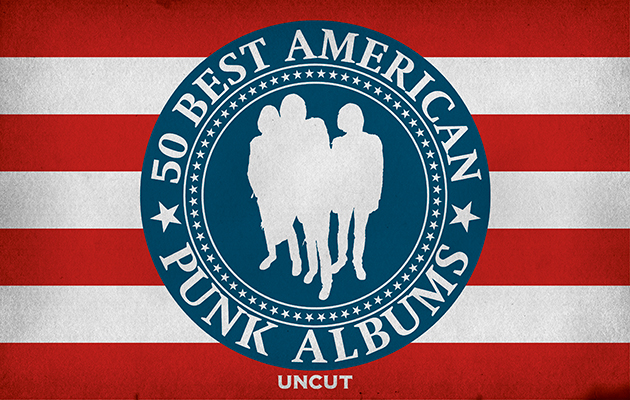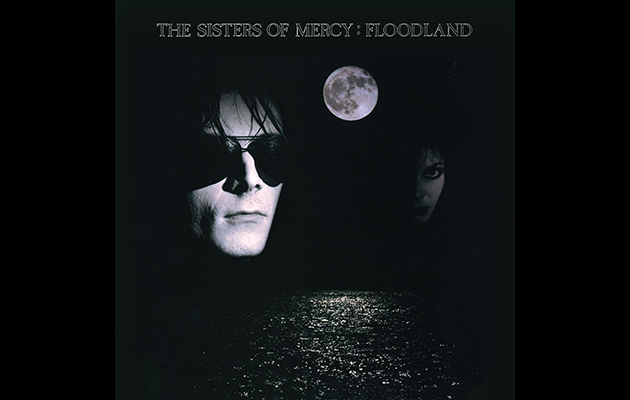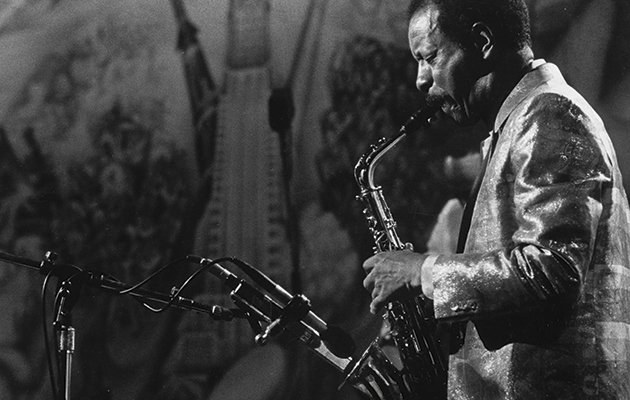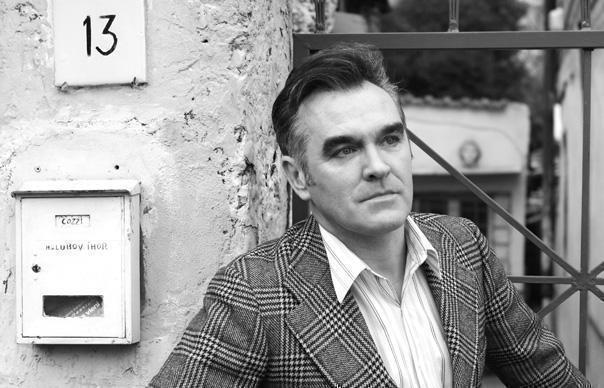2013’s Southeastern, was, give or take the odd playful moment, a gripping description of the self-dug pit from which its composer had recently hauled himself. Now sober, married and grateful, Jason Isbell was reporting where he’d been, and what he’d seen. Its connection was instant and unsparing, and it was always going to be a tough act to follow. Sensibly, Isbell hasn’t.
Though Southeastern was a redemption song, it also emitted an undertone of anxiety, the sound of someone waking somewhere unfamiliar and unexpectedly comfortable, wondering if they’re really supposed to be here. Something More Than Free finds Isbell sounding surer of himself, as a songwriter and a man. There’s a confidence about his character sketches, leavened with wise humility: any of this cast of anxious itinerants could have been him, had his luck run a little lousier, his talent not been quite so irrepressible.
That said, it picks up, kind of, where Southeastern left off. That album closed with “Relatively Easy”, a thanks for the small mercies of a happy home and enjoyable work: more than many ever get. Something More Than Free opens with the gospel-laced “If It Takes A Lifetime”, narrated by someone putting a spring in his daily trudge by reminding himself that you can spend a long time looking for what was right here all along (“I thought that I was running to/But I was running from”). Not for the last time on the album, there’s something of the terse Springstonian sermon about it (“A man is a product of/All the people that he ever loved”).
On the basis that Isbell seems unlikely to bristle at Springsteen comparisons, Something More Than Free has something of Nebraska and something of The Rising about it – the terse, elegant poetry of the former, the deadpan rock’n’roll ecstasies of the latter, and sometimes, as on “Twenty-Four Frames” and “Palmetto Rose”, both. But it says much that all of the album leaves one grasping for measures against other inhabitants of the pantheon – the tightly wrought, Paul Simon-ish detail of the sparse “Flagship”, in which the occupants of some fleapit hotel are drawn as lessons in life and how not to live it, or the unfettered Neil Young-esque guitar solo that illuminates the gently epic “Children Of Children”.
Like the aforementioned greats, whose ranks Isbell sounds more and more poised to join, he understands the value of his own story, his own lexicon. Though familiarity with his previous works is not a prerequisite, those who have been listening will wonder whether the lovelorn drifter crooning “The Life You Chose” into an empty glass is the same guy who sang “Alabama Pines”, on 2011’s Here We Rest. Those whose association with Isbell’s works reaches back to first contributions to Drive-By Truckers will hear something of sublime father-to-son ballad “Outfit” in the title track, also a caution against resignation to destiny.
Though Isbell’s principal interests are failure and regret – rightly so; they’re much more interesting than triumph and hubris – he filters both through a humour as warm as it is bitter. So “How To Forget”, a return to a favourite theme of settling accounts with the past, is a mid-tempo country shuffle told as an unexpected meeting with an over-exuberant ex (“She won’t stop telling stories, and most of them are true/She knew me back before I fell for you”). Closing track “To A Band That I Loved” – a stately, gorgeous Americana ballad drawn from the same vein as Dawes’ recent “All Your Favourite Bands” – is a heartfelt attempt to make up some of the credit that the titular group were refused by an indifferent world.
Isbell’s studio discography already now comprises five albums – eight, if his stint in DBTs is included. Still in his mid-thirties, he has the kind of voice – in both singing and writing – that only seems likely to improve with age. It’s already a significant canon. Little seems beyond him.
Q&A
JASON ISBELL
Are you surprised by how such an obviously personal catharsis like Southeastern resonated with people? How do you feel about that album now?
I wouldn’t say I’m surprised, but I’m certainly grateful. I’ve always had faith in the power of an honest story well told. Honestly, there aren’t too many different stories to tell, so if you pick the right details, songs can be broad in scope and purpose without being vague. People latch on to that.
There’s an echo of “Outfit” in the title track – the line about loading boxes for someone else evoked the bucket of wealthy man’s paint. To what extent are your songs about ordinary hardship a gesture of thanks that you escaped that kind of work?
Both those songs were inspired by conversations with my father. He’s worked very hard his whole life, as did his father and mother. I work very hard myself, but there are obvious rewards to what I’m doing. Dad’s only reward is a family that’s well taken care of, and that seems to be enough for him. Those stories are the ones that interest me the most: work as service, as a labour of love in the truest sense.
The characters in the songs generally seem kind of lonely and adrift (“Flagship”, “Speed Trap Town”, “Hudson Commodore”) – do you see yourself in them?
I’m not lonely in any permanent sense, but I still feel like a person on the fringes of society in a lot of ways. I love traveling, I crave it sometimes, but I’m not delusional enough to believe it’s a natural and healthy way to live. It’s possible for me to inhabit these characters because I have a good memory of the times when I was adrift, and I still feel like a bit of a castaway.
Is “Children Of Children” in any respect about your own parents? And/or is it in some respect a preparation for fatherhood?
It is about my parents, and my wife’s parents. Both sets were very young when we were born. The time my mother spent raising me likely cost her a lot of opportunities, and even though she’d never be resentful of that and it’s obviously not my fault, I’ve benefited from it, so I’ve felt guilty about it. I think my wife Amanda has at times felt that way about her mother. The song is my way of looking those things in the eye and dealing with them.
INTERVIEW: ANDREW MUELLER
The History Of Rock – a brand new monthly magazine from the makers of Uncut – a brand new monthly magazine from the makers of Uncut – is now on sale in the UK. Click here for more details.
Meanwhile, the September 2015 issue of Uncut is on sale in the UK on Tuesday, July 28 – featuring David Gilmour, a free Grateful Dead CD, Bob Dylan and the Newport Folk Festival, AC/DC, Killing Joke, the Isley Brothers, Julien Temple, Ryley Walker and more.
Uncut: the spiritual home of great rock music.


